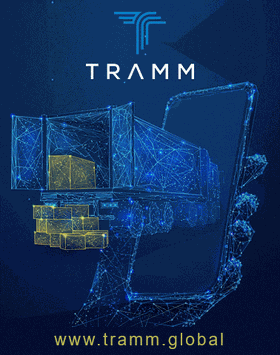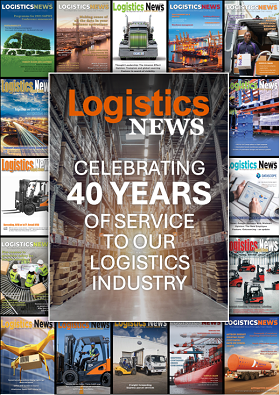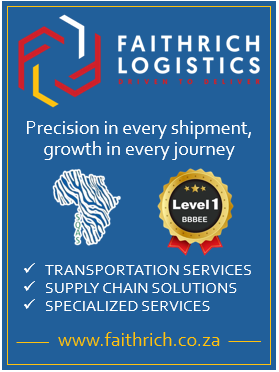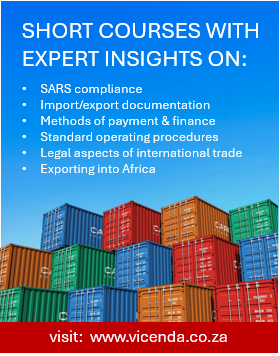In 2024, South African ports managed a total cargo throughput of 211.2 million tons, including 4.3 million Twenty-foot Equivalent Units (TEUs). The country’s container yards also recorded a combined throughput of 4.3 million TEUs for the year.
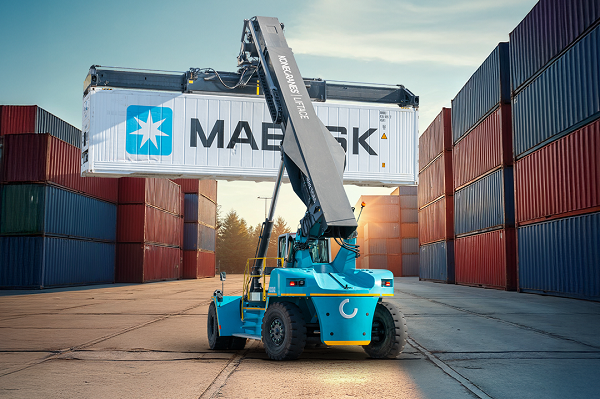
This massive movement of cargo requires reliable equipment that can work around-the-clock to minimise downtime in the high-pressure container handling ecosystem.
Lenny Naidoo, National Product Specialist for Heavy Lift, a division of CFAO Equipment that supplies Konecranes reach stackers to most ports and container yards in South Africa, says efficiency in heavy lifting is not just about raw power, it is about precision, adaptability, and efficiencies. Konecranes reach stackers are not only they known for their proven design, high-quality components and durable spreaders; their economical fuel consumption and predictable maintenance costs make them cost-effective to operate and maintain.
“Two of the greatest challenges in high-volume scenarios such as ports, container yards and intermodal terminal operations are fuel efficiency and safety. Our reach stackers incorporate load-sensing hydraulics, high-capacity lifting capabilities and an ergonomic operator-centric design that ensure faster turnaround times, optimised fuel consumption and enhanced safety.”
Operations today do not only look for ways to reduce fuel costs; they also pursue every opportunity to decrease their carbon emissions, in line with environmental considerations.
From a carbon emission perspective, Konecranes’ offers excessive idle shut down, which can be set from 0.5 to 30 mins on the unit and is aimed at reducing fuel consumption and emissions significantly. Additionally, Konecranes offers solutions such as the Start/Stop function that minimises idling and optimises operational efficiency.
With the focus on safety, Konecranes reach stackers feature an overload alert system. When a load exceeds safe limits, operators receive an in-cabin warning, and an automatic email notification is sent to supervisors, ensuring prompt awareness and response to potential risks.
Additionally, the reach stackers’ load-sensing hydraulics monitor pressure levels and alert both operators and supervisors to any drops, which could indicate a leak or potential equipment malfunction. Automated lifting controls add another layer of safety and efficiency: when the spreader is positioned on the container, the twist locks engage automatically with the container’s corner posts, eliminating the need for manual locking by the operator.
Naidoo says operator fatigue is also a threat to safety in busy ports and yards. “When cabs are not user friendly, operators become exhausted midway through their shifts.
“Konecranes cabs are user friendly and offer excellent visibility. Operators do not have to twist around to see what they are doing. There are no large frames or doorposts to obstruct their view, and the controls are within easy reach, meaning they do not have to lean forward or bend to reach them. Less fatigue means improved safety, less downtime and greater productivity.”
“South Africa’s busy container handling ecosystem operates more efficiently with the indispensable and highly durable and efficient Konecranes reach stackers – true examples of power in motion,” concludes Naidoo.


